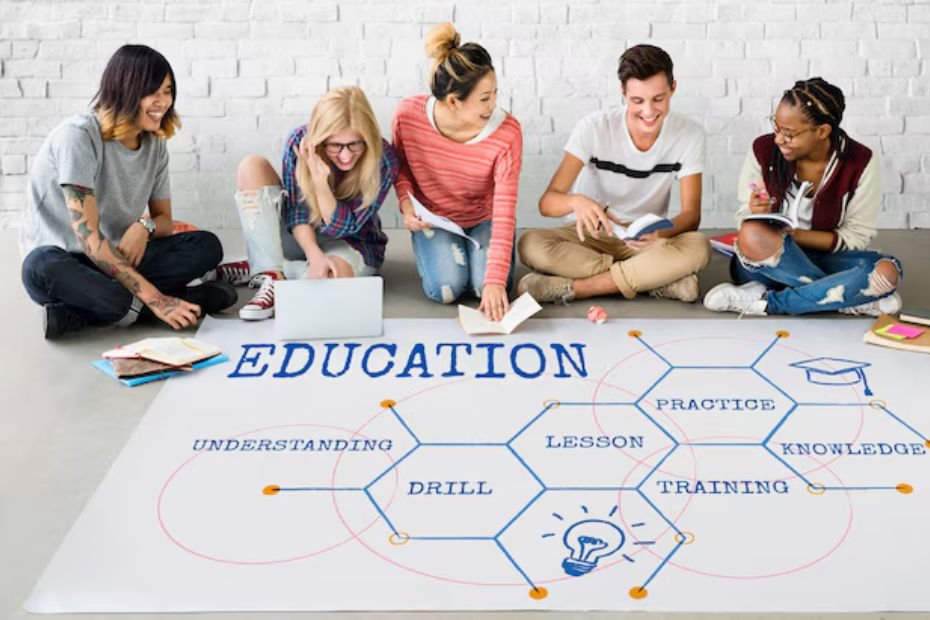Education technology, often referred to as EdTech, is transforming the landscape of learning by integrating innovative tools and methods that enhance the educational experience. From interactive software to online learning platforms, technology plays a crucial role in making education more accessible, engaging, and effective. This article explores the various ways education technology enhances learning experiences, its benefits, challenges, and future potential.
Understanding Education Technology
What is Education Technology?
Education technology encompasses a wide range of digital tools and resources designed to facilitate teaching and learning processes. This includes everything from online learning platforms and educational apps to virtual classrooms and interactive whiteboards. The primary goal of EdTech is to improve the overall educational experience for both students and educators.
Types of Education Technology
- Learning Management Systems (LMS): Platforms that enable educators to create, manage, and deliver online courses.
- Interactive Learning Tools: Applications and software that promote engagement through interactive content, quizzes, and gamified learning.
- Virtual and Augmented Reality: Technologies that create immersive learning experiences, allowing students to explore complex concepts in an interactive manner.
- Video Conferencing Tools: Software that facilitates remote learning and collaboration, connecting students and teachers regardless of geographical barriers.
Enhancing Learning Experiences Through Education Technology
1. Personalized Learning
Tailored Learning Paths
Education technology allows for personalized learning experiences, where students can progress at their own pace and access resources that meet their individual needs. Adaptive learning technologies analyze students’ performance and adjust the difficulty and type of content accordingly.
Benefits of Personalization
- Improved Engagement: Students are more motivated when they can explore topics that interest them.
- Better Retention: Personalized approaches help reinforce learning, leading to improved knowledge retention.
2. Increased Accessibility
Breaking Down Barriers
EdTech has made education more accessible to a wider audience, including those with disabilities. Features like screen readers, closed captioning, and alternative input methods enable all students to participate in learning activities.
Global Reach
Online learning platforms provide access to quality education regardless of location, allowing students from various backgrounds to benefit from resources and expertise that may not be available in their local schools.
3. Enhanced Collaboration
Fostering Teamwork
Education technology promotes collaboration among students through tools like discussion boards, shared documents, and virtual classrooms. These platforms enable students to work together on projects, share ideas, and provide peer feedback.
Real-Time Communication
With the help of video conferencing tools, educators can facilitate live discussions, lectures, and group activities, enhancing the learning experience through real-time interaction.
4. Interactive and Engaging Content
Gamification
Incorporating game-like elements into the learning process can significantly boost engagement. Educational games and simulations provide students with a fun and interactive way to learn complex concepts.
Multimedia Resources
Using videos, animations, and interactive simulations enriches the learning experience, catering to different learning styles and making information more accessible and enjoyable.
5. Data-Driven Insights
Tracking Progress
Education technology enables educators to collect and analyze data on student performance, allowing them to identify areas for improvement and adjust their teaching strategies accordingly.
Informing Instruction
Data insights help educators tailor their approaches, ensuring that they address the specific needs of their students and enhance overall learning outcomes.
Challenges of Education Technology
1. Equity and Access Issues
While technology has the potential to enhance education, not all students have equal access to the necessary tools and resources. Addressing the digital divide is crucial to ensuring that all students can benefit from EdTech.
2. Technical Issues and Training
The effectiveness of education technology relies on proper implementation and user training. Schools and educators must invest in ongoing professional development to effectively integrate technology into their teaching practices.
3. Screen Time Concerns
Increased use of technology in education raises concerns about excessive screen time. Balancing technology use with traditional learning methods is essential for maintaining student well-being.
The Future of Education Technology
1. Continued Innovation
As technology advances, the potential for innovative educational tools will expand. Virtual reality, artificial intelligence, and machine learning are expected to play significant roles in shaping future learning experiences.
2. Focus on Social-Emotional Learning
Future EdTech solutions are likely to prioritize social-emotional learning, helping students develop essential life skills alongside academic knowledge.
3. Hybrid Learning Models
The COVID-19 pandemic has accelerated the adoption of hybrid learning models that combine in-person and online instruction. This approach may become a standard practice, offering flexibility and enhancing the learning experience.
Conclusion
Education technology plays a pivotal role in enhancing learning experiences by providing personalized, accessible, and engaging educational opportunities. As technology continues to evolve, it will reshape the way educators teach and students learn, creating a more inclusive and effective educational landscape. By embracing the benefits of EdTech and addressing the associated challenges, we can unlock the full potential of technology to foster lifelong learning and personal growth.
